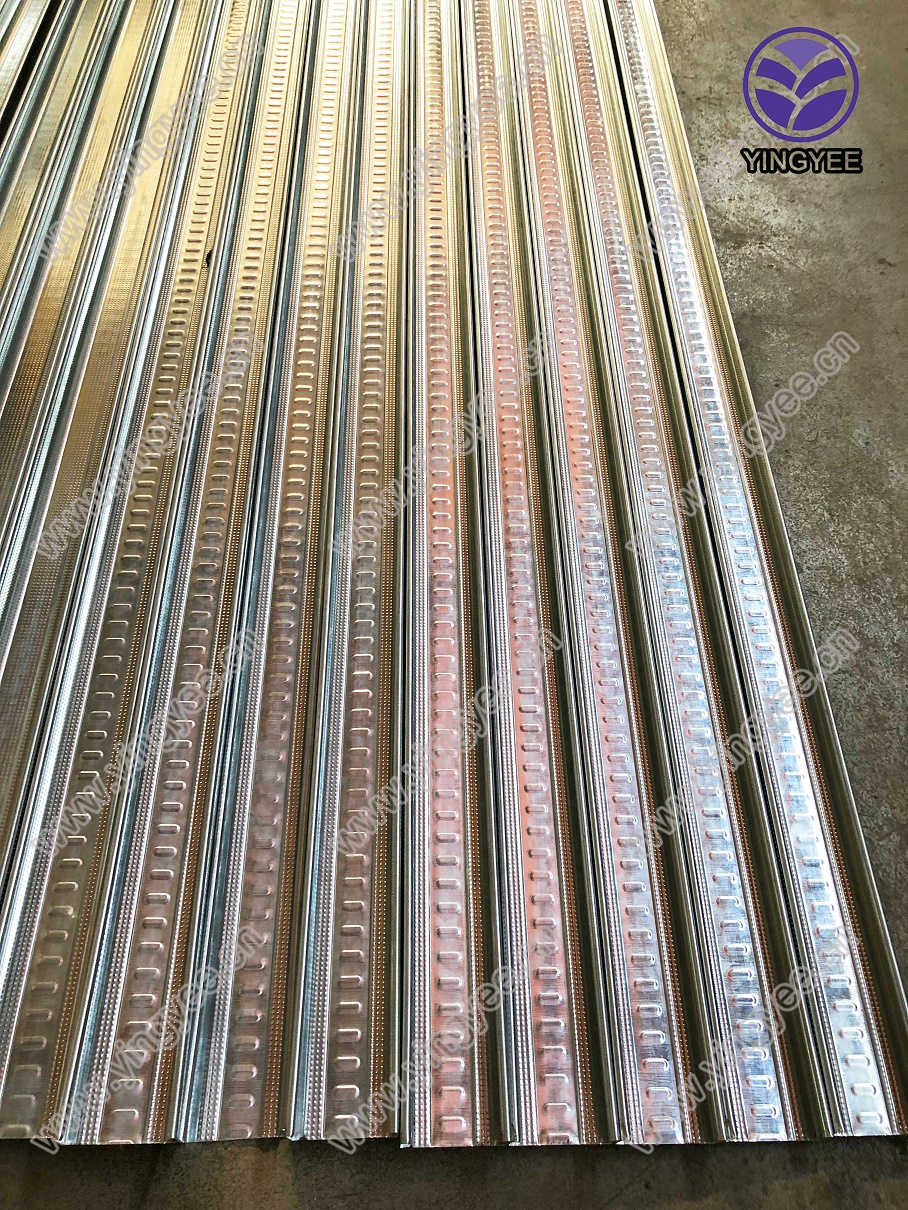
The Evolution and Importance of the Drywall Machine in Modern Construction
In the ever-evolving world of construction, efficiency and precision are paramount. Among the innovations that have transformed this industry is the drywall machine, a pivotal tool that has significantly streamlined the process of drywall installation. As more builders turn to automated solutions, understanding the evolution and significance of drywall machines becomes essential.
Drywall, also known as sheetrock, is a popular building material consisting of gypsum sandwiched between two sheets of heavy paper. Its introduction revolutionized the way walls and ceilings were constructed, providing a faster, more cost-effective alternative to traditional plaster methods. However, the method of installing drywall remained labor-intensive and time-consuming until the advent of specialized machinery.
The earliest drywall machines emerged in the 20th century, designed primarily to automate the mixing and application of joint compound. This marked a significant departure from manual methods that required skilled labor to achieve smooth seams between drywall sheets. The initial machines were rudimentary, often operated by hand, but laid the groundwork for more sophisticated solutions.
As technology advanced, so did the functionality of drywall machines
. The introduction of electric and pneumatic systems allowed for greater efficiency. These new machines provided faster mixing and application rates, reducing the time required for finishing touches. Moreover, they minimized waste by ensuring precise application, a critical factor in maintaining budgets and reducing material costs.
Modern drywall machines come in various forms, each designed for specific tasks. For instance, there are taping machines, which automate the process of applying tape and compound to seams, and texture sprayers, which create decorative finishes on walls and ceilings. Additionally, there are lift devices that aid in positioning large sheets of drywall, reducing the risk of injury and improving safety on construction sites.
One of the most significant advantages of drywall machines is their ability to enhance consistency and quality. Manual installation can vary significantly based on the skill level of workers, yet machines provide a uniform output. This consistency not only improves the final aesthetic but also ensures that the installation complies with building codes and standards.
Furthermore, in a landscape where construction timelines are increasingly tight, drywall machines enable faster project completion. The increased speed of installation translates to lower labor costs and quicker turnaround times for clients. This efficiency has made drywall machines indispensable, particularly in large-scale commercial projects where time—and money—are of the essence.
As we look to the future, advancements in automation and technology promise further enhancements in drywall installation. Innovations such as artificial intelligence and robotics may lead to fully automated drywall systems, capable of handling installations from start to finish with minimal human intervention. Such developments could significantly mitigate labor shortages faced by the construction industry, ensuring that high-quality results are achievable even in challenging economic climates.
In conclusion, the drywall machine stands as a testament to the importance of innovation in construction. By significantly increasing efficiency, consistency, and safety in drywall installation, these machines have reshaped industry practices. As technology continues to advance, the drywall machine will undoubtedly evolve, paving the way for even more revolutionary changes in how we build. Whether for residential or commercial purposes, the drywall machine is an essential tool that will shape the future of construction.